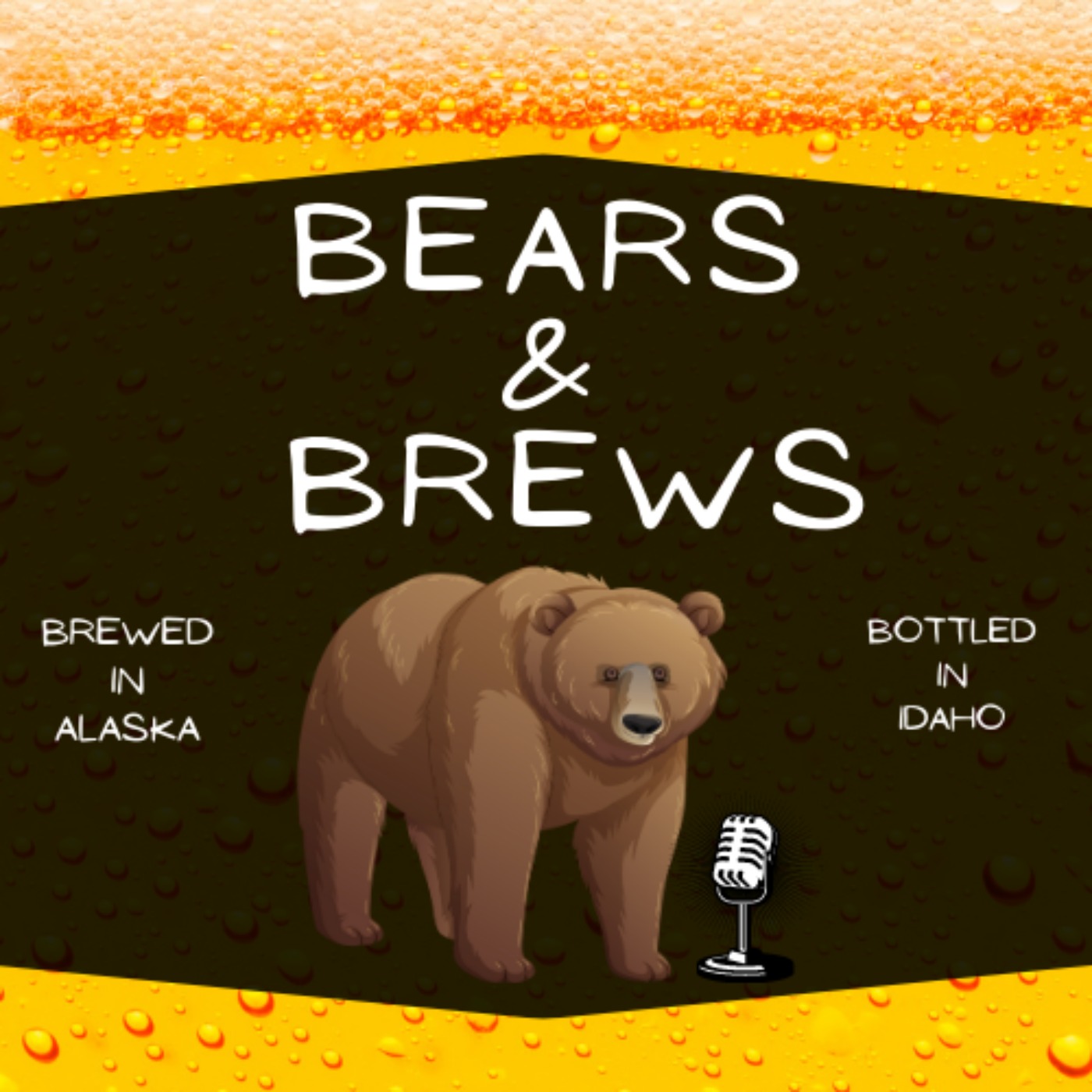 |
Bears and BrewsAuthor: Bears and Brews Podcast
A wildlife expert and a friend along for the ride talk bears, beer, and a variety of other wild topics! Hosted on Acast. See acast.com/privacy for more information. Language: en Genres: Natural Sciences, Nature, Science Contact email: Get it Feed URL: Get it iTunes ID: Get it |
Listen Now...
Season 3 Microbruin 1: Cohochella
Monday, 1 December, 2025
Join us for the way overdue Microbruin about Spirit Bears! This special type of Kermode Bear is truly unique, so grab a bevvy and settle in for the ride.Find us on all the things: http://linktr.ee/bearsandbrewspodcast Sources Cited:Bourton, Jody. “BBC - Earth News - Spirit Bears Become “Invisible.”” Bbc.co.uk, BBC, 2025, news.bbc.co.uk/earth/hi/earth_news/newsid_8344000/8344367.stm. KLINKA, DAN R., and THOMAS E. REIMCHEN. “Adaptive Coat Colour Polymorphism in the Kermode Bear of Coastal British Columbia.” Biological Journal of the Linnean Society, vol. 98, no. 3, 27 Oct. 2009, pp. 479–488, https://doi.org/10.1111/j.1095-8312.2009.01306.x. “Research: Dietary Differences among Individuals with Different Genes and Coat Colours Gives Insight into the Maintenance of the Spirit Bears among Black Bear Populations | Raincoast.” Raincoast, 6 May 2021, www.raincoast.org/2021/05/research-dietary-differences-genes-spirit-bears-among-black-bear-populations/. “Saving the Kermode “Spirit” Bear.” National Wildlife Federation, 28 Jan. 2010, www.nwf.org/Magazines/National-Wildlife/2010/Kermode-bear.Service, Christina N., et al. “Intrapopulation Foraging Niche Variation between Phenotypes and Genotypes of Spirit Bear Populations.” Ecology and Evolution, vol. 11, no. 10, 13 Apr. 2021, pp. 5025–5037, https://doi.org/10.1002/ece3.7276. Hosted on Acast. See acast.com/privacy for more information.







